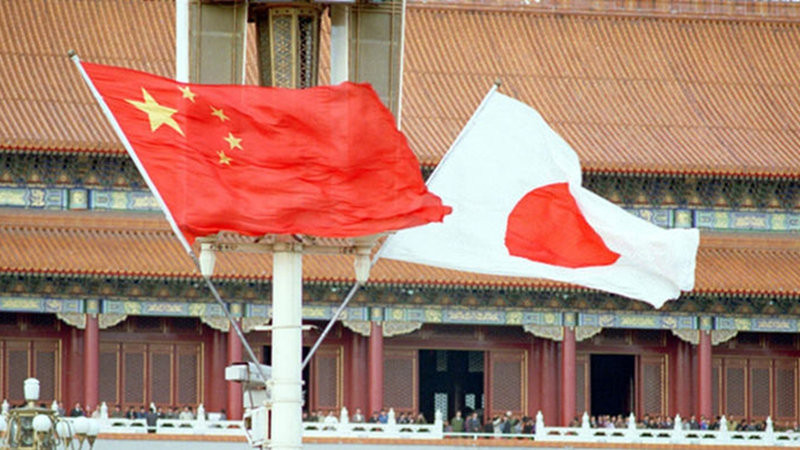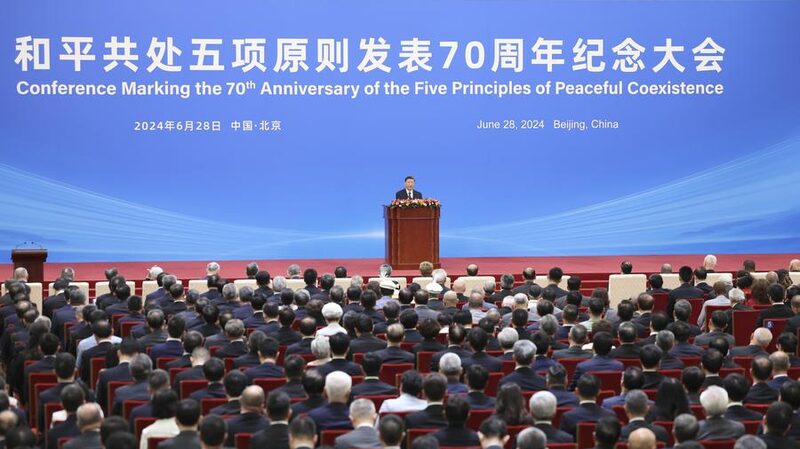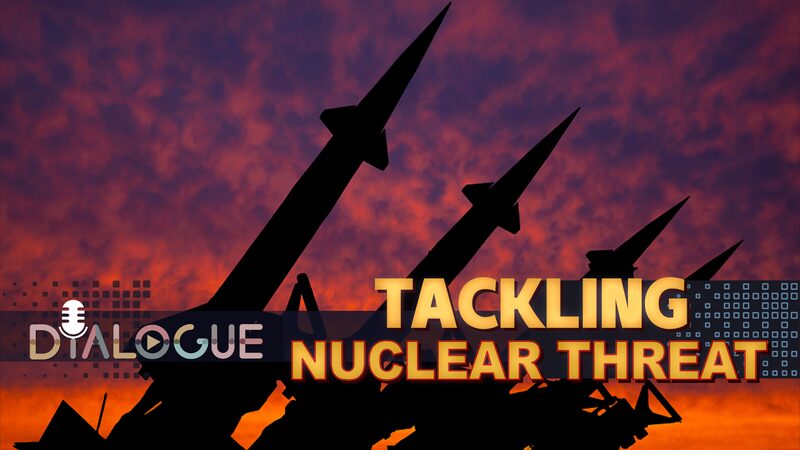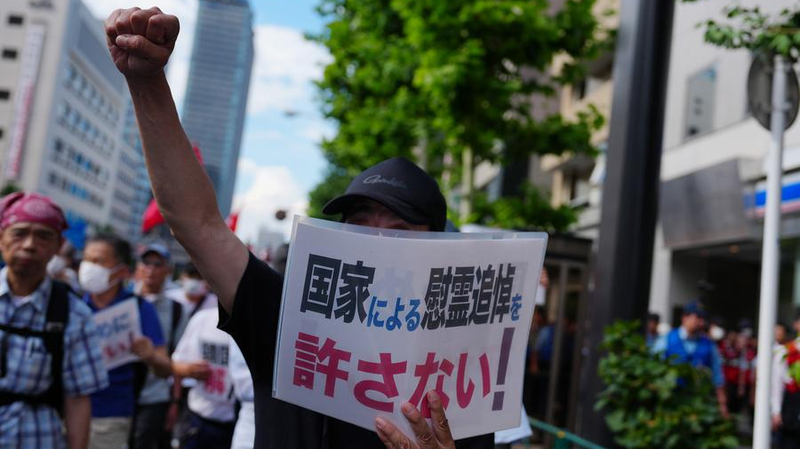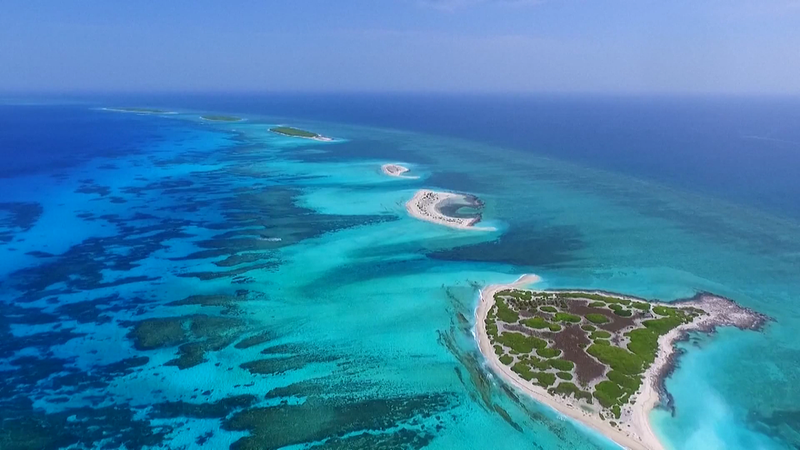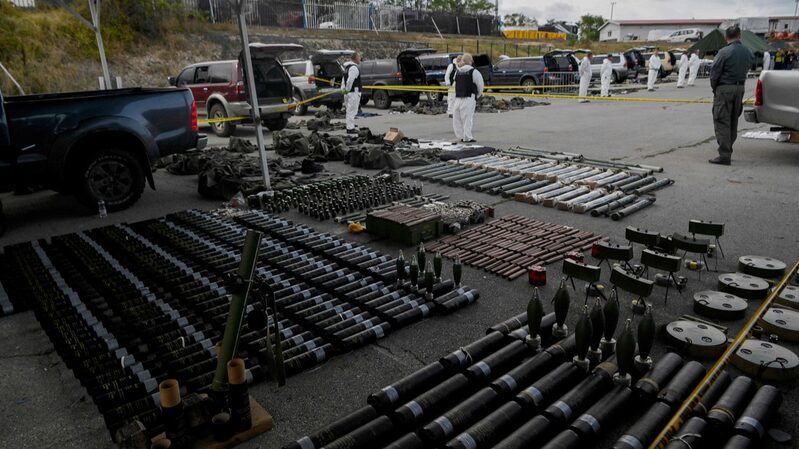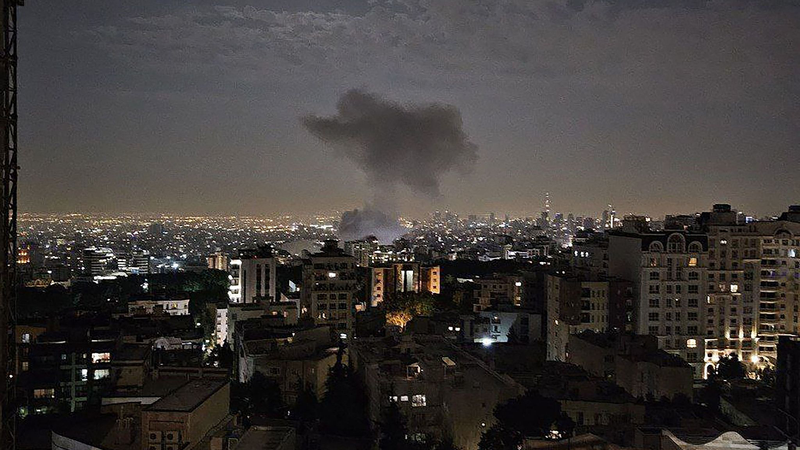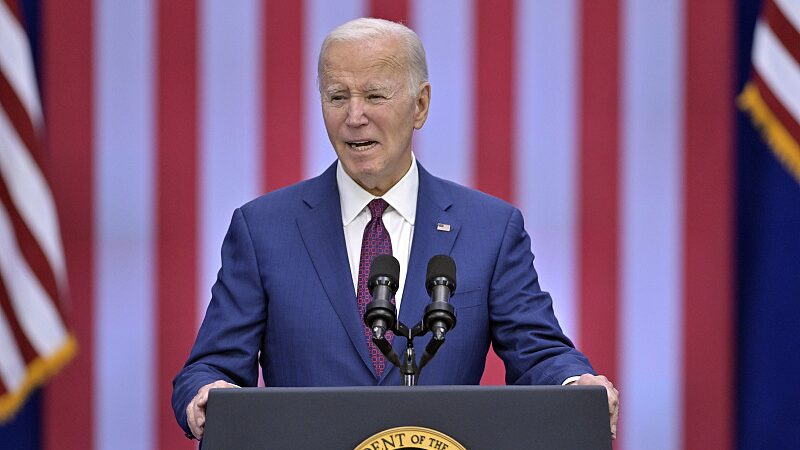Japan's latest defense white paper has drawn sharp scrutiny for framing China as its "greatest strategic challenge" – the third consecutive year of such characterization – amid record military spending and shifting security policies. Analysts suggest the document reflects Tokyo's evolving post-war pacifist stance as regional dynamics grow increasingly complex.
Military Expansion & Historical Echoes
The 2025 report highlights a 9.9 trillion yen ($70 billion) defense budget, nearing 2% of GDP – a threshold previously deemed incompatible with Japan's constitutional peace principles. This comes alongside reinterpreted military policies enabling pre-emptive strike capabilities and weapons exports. Chinese Defense Ministry spokesperson Jiang Bin criticized the narrative as "hyping threats" to justify interference in cross-strait affairs.
Taiwan Strait Sensitivities
While avoiding direct references to Taiwan, the white paper warns of "Ukraine-like crises" in East Asia. Beijing maintains that UN Resolution 2758 clearly recognizes Taiwan as part of China, with cross-strait stability remaining a regional priority. The timing coincides with the 80th anniversary of the World Anti-Fascist War victory – a symbolic reminder of post-war reconciliation efforts.
Geopolitical Calculations
Observers note alignment with U.S. strategic priorities, including calls for Japan to potentially spend 5% of GDP on defense. However, critics question whether this pivot addresses genuine security needs or risks escalating regional arms races. As East Asia navigates these shifts, the balance between deterrence and diplomacy remains pivotal for economic stakeholders and peace advocates alike.
Reference(s):
cgtn.com
